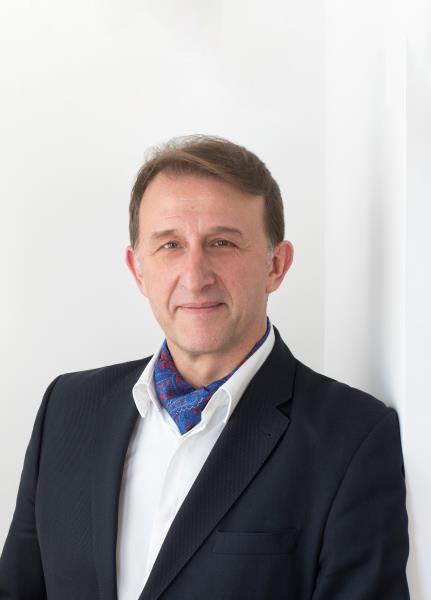05 May 2025
Alain Maupin, Vice President and Head of Customer Unit Central East Africa at Ericsson
This year’s MWC marks a major shift from previous years. Ericsson is focused on transforming the industry by moving from traditional, purpose-built technology to open ecosystems and partnerships. We have over 70 partners, including Google, Apple, and leading CSPs like Singtel, showcasing how to monetize new technologies.
One of our biggest innovations is Aduna, which functions like an ‘App Store’ for network infrastructure. Just as the iPhone revolutionized mobile applications in 2007, Aduna is doing the same for network programmability. It provides an open platform where developers can create and deploy services tailored to specific network needs.
Aduna is still in its early stages, but we’ve signed our first exposure deal with an operator in Southeast Africa. This allows network capabilities to be exposed via APIs, paving the way for more advanced services. The next step is expanding these API reselling capabilities to other markets.
Another key area this year is mission-critical connectivity, which ensures secure and robust connections for industries like healthcare, utilities, ports, and defence.
We’re also focusing on AI-driven operations, automating complex tasks like optimizing bandwidth for large events in real-time. There’s been a significant shift compared to previous years around the pervasive presence of AI. It’s not just a buzzword; these technologies are now integral to how we operate.
If we stick to the traditional method of manually configuring everything, we won’t be able to manage effectively.
We need to introduce intelligent engines that can enhance operations by driving performance and predicting potential degradation before it occurs, enabling us to deliver superior connectivity and services.
Automation significantly simplifies operations and brings cost efficiencies to managing complex technologies. It feels almost magical, and I love it!
How have global network changes impacted Africa?
Africa is still in the process of building high-capacity mobile broadband networks. Over the past five years, the number of people covered by mobile broadband has more than doubled.
One key development is the adoption of fixed wireless access (FWA), which is becoming the first real 5G use case in Africa. Many suburban areas lack fibre infrastructure, so FWA enables high-speed internet for homes and businesses, supporting services like streaming and enterprise applications.
Though still in the early stages, FWA has strong commercial merit. It will help enterprises, industries, and port facilities access high-speed connectivity that is otherwise unavailable. African operators are looking for new revenue streams since traditional data revenue growth has not kept pace with demand, and FWA offers a promising new avenue for monetization.
How are new connectivity innovations affecting heavy industry?
In the Middle East and Africa, we have established a dedicated organization called ‘Mission Critical’ within Ericsson to engage in this space. We see significant opportunities in sectors like mining, port connectivity, and utilities. Countries such as Zimbabwe, South Africa, Tanzania, and Angola have abundant mineral resources and potential for development.
We’ve successfully deployed similar initiatives in places like France and the western part of Australia, as well as northern Sweden. Recently, we conducted a proof of concept (POC) in South Africa, which proved to be very successful. Our goal is to replicate this success and enhance connectivity in the mining sector, enabling greater automation and addressing safety concerns. By automating processes and utilizing machines instead of relying solely on human labour, we can significantly improve health and safety for workers.
This is definitely a growth area for us.
What role does connectivity and automation play in sustainability, and how is Ericsson contributing to the green ecosystem?
Energy efficiency is a top priority for Ericsson. Our R&D efforts focus on reducing energy consumption in our equipment. When launching 5G, our goal was to ensure no increase in power consumption compared to 4G, despite the higher capacity demands.
We’ve developed technologies like sleep mode. For example, with Deep Sleep mode, we can go up to 97% reduction in energy consumption on Massive MIMO Radios like 3255. We also align with customers’ sustainability.







